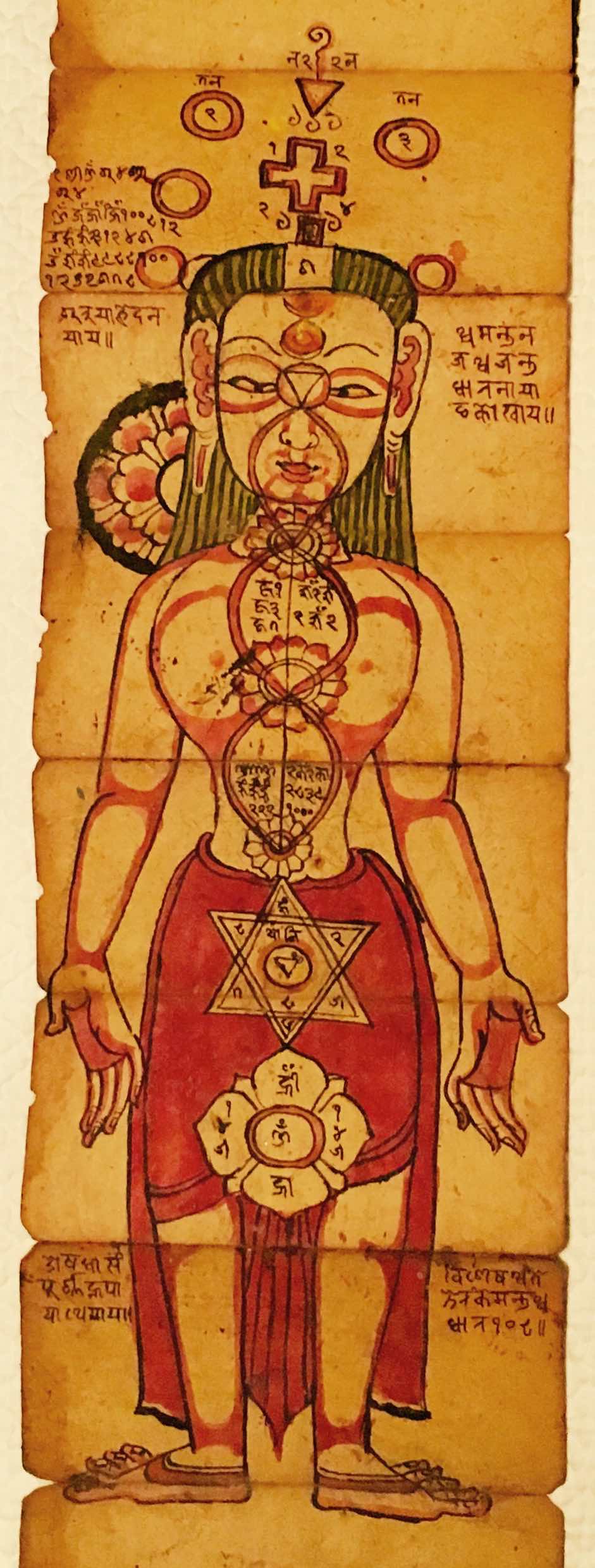Śākta traditions
“Hinduism cannot be understood without the great Goddess (Devi/Śakti) and the goddess-oriented Śākta traditions. Goddess worship in its many forms pervades Hinduism at all levels, from aniconic village deities to high-caste pan-Hindu goddesses to esoteric, tantric goddesses. Tantric goddess worship forms the esoteric part of what has become known as ‘Śāktism’, which is considered one of the major branches of Hinduism next to Śaivism, Vaiṣṇavism and Smārtism. Śāktism is, however, less clearly defined than the other major branches and sometimes surprisingly difficult to discern from Śaivism in its tantric forms. Furthermore, Śāktism has played a significant role in the formation of tantric Buddhism (Vajrayāna) and has also influenced Jainism and other Indian traditions, although to a lesser extent. Thus, the Śākta and tantric traditions are some of the most complex and challenging forms of religion in South Asia and the Indo-Asian region. Nevertheless, these highly influential forms of religion have only recently begun to draw a broader scholarly attention.”

The Śākta database
The Śākta database establishes the primary research material for Śākta traditions in South Asia as an emerging field of studies. It makes core material and unknown material widely available and searchable for the first time and helps to preserve the cultural heritage of India and Nepal. Hindu and Buddhist primary sources of relevance to the Śākta Traditions research programme can be browsed below.
Select a text
In the table below, click Name (transliteration) to go to the manuscript contents. Hover over a cell to see all its information. Search within a column by typing in the box above it (diacritical marks are ignored: 'devanagari' will match 'Devanāgarī').